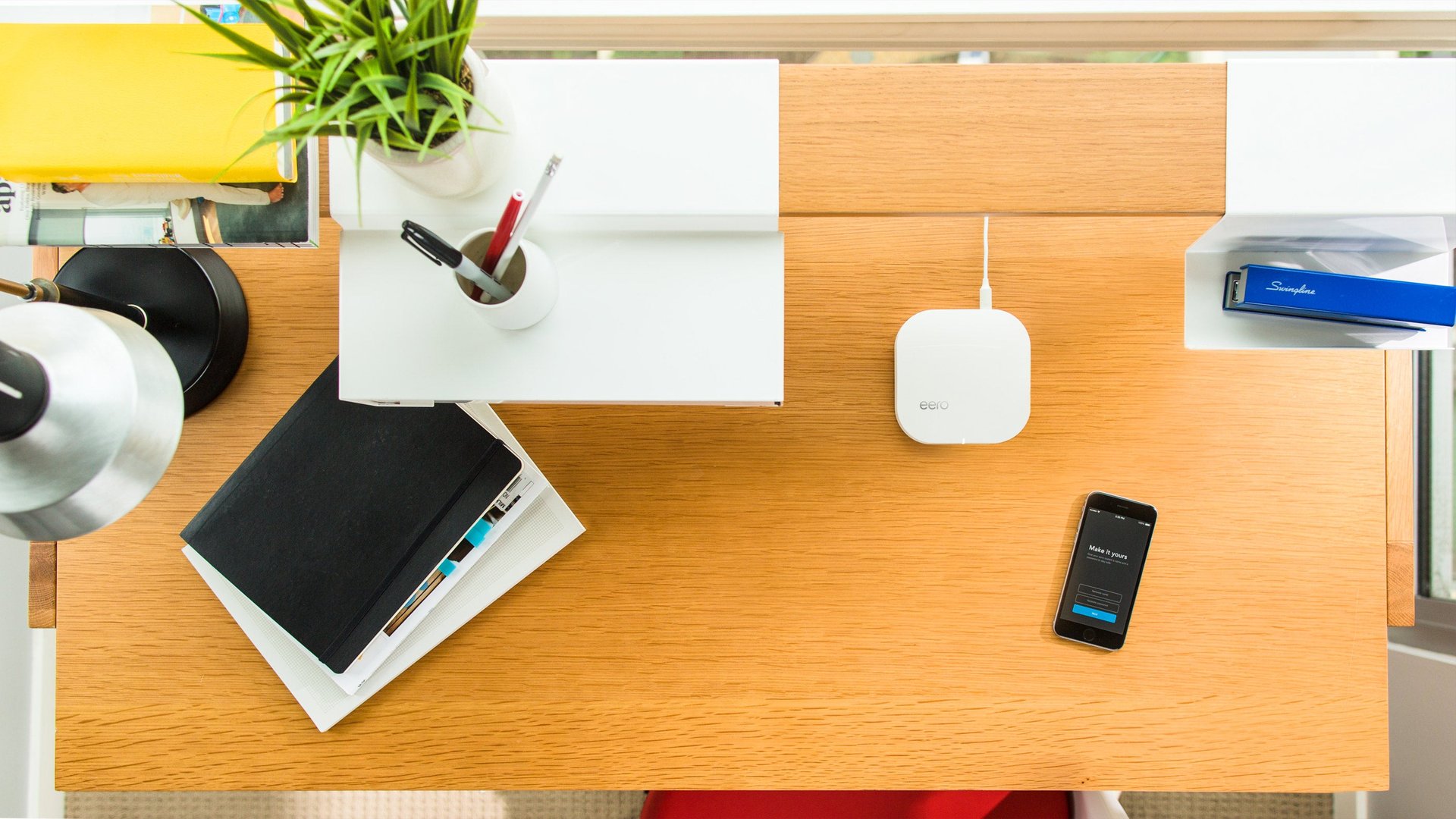The most frustrating gadget in your house is getting a user-friendly makeover
Nest Labs took Apple’s user-friendly product model and turned the humble thermostat into a $3 billion sale to Google by making it easy to use and connecting it to the internet. A new startup, the San Francisco-based Eero, wants to do the same thing for the device that actually hooks your stuff up to the internet—the router.


Nest Labs took Apple’s user-friendly product model and turned the humble thermostat into a $3 billion sale to Google by making it easy to use and connecting it to the internet. A new startup, the San Francisco-based Eero, wants to do the same thing for the device that actually hooks your stuff up to the internet—the router.
As anyone who has tried to set up a home wireless network knows too well, routers tend to use arcane software that requires user manuals and patience to navigate; they often refuse to recognize devices sitting right next to them; and they periodically stop working for seemingly no reason at all. Even when they’re up and running, there are often dead zones that no number of additional routers can seem to fix.
Eero is meant to be easy to use. Founder Nick Weaver says this should be a device that older and less tech-savvy people can set up without help. It doesn’t require users to log on to a random IP address or wait for a technician to come and set a router up—instead, users just download an app and connect via Bluetooth. Weaver says users should be able to set up an Eero in about a minute—and that anyone who has successfully set up an Apple TV or a Chromecast should be able to navigate the Eero.
It remains to be seen whether Eero’s setup will actually cut the number of tech support calls from parents to their kids, but once the routers are up, they should be easier to use than routers from internet providers. Eero’s app replaces having to enter cumbersome Wi-Fi passwords to get access to the network—anyone with the app can request access to a Wi-Fi network. (If someone doesn’t have the Eero app—perhaps because they can’t access the internet to download it—Weaver says there is still an option to connect using a password, like a standard router.)
Eero was designed by the team behind several other internet-connected devices, including the Nest thermostat, the GoPro Hero 3 camera, and the Roku 3 streaming media device. Eero looks like a gadget that could be proudly displayed near an iMac or a Jawbone Jambox, and it has a high-end price tag to match. A set of three Eero devices, which Weaver said will be required to fully cover most houses, will cost $300 and can be pre-ordered starting today. (For comparison, a Nest thermostat costs $250, and an Apple Extreme router costs $200.)
Eero is not the only one trying to become the backbone of the smart home. Intel agreed Feb. 2 to purchase Lantiq, a company that makes processors for smart-home routers. Samsung bought SmartThings in August, and of course Google purchased Nest last year.
Samsung showed off its smart washers and fridges at CES 2015, and Google’s Nest announced a slew of new smart-device partners last month. Apple is also working on HomeKit—its own framework for controlling smart-home devices—although the product details haven’t yet been unveiled.